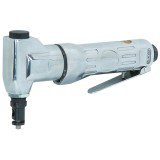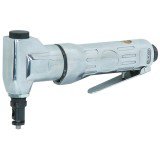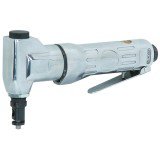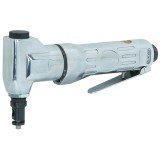- Joined
- Aug 23, 2014
- Messages
- 7
Material is steel sheet (either mild or stainless), perhaps 0.065" thick.
I need to cut a half-circle band, like a large letter C. Outside diameter around 17", inside 15", so the width of the piece is 1". Same question for a full circular band, like the letter O, same diameters, just a full circle instead of half. I guess the technique should be pretty similar.
The edges must look pretty good, warping or notches are not acceptable. The whole piece should remain as flat as the original sheet.
I've done this before with plywood, using a router and a jig. How should I do this when the material is steel? I have some ideas, but I'm pretty new to working with metal, so I'd like to hear first from people more experienced than me.
I have access to a mini-lathe and mini-mill, drill press, and a random assortment of usual simple tools.
I need to cut a half-circle band, like a large letter C. Outside diameter around 17", inside 15", so the width of the piece is 1". Same question for a full circular band, like the letter O, same diameters, just a full circle instead of half. I guess the technique should be pretty similar.
The edges must look pretty good, warping or notches are not acceptable. The whole piece should remain as flat as the original sheet.
I've done this before with plywood, using a router and a jig. How should I do this when the material is steel? I have some ideas, but I'm pretty new to working with metal, so I'd like to hear first from people more experienced than me.
I have access to a mini-lathe and mini-mill, drill press, and a random assortment of usual simple tools.




